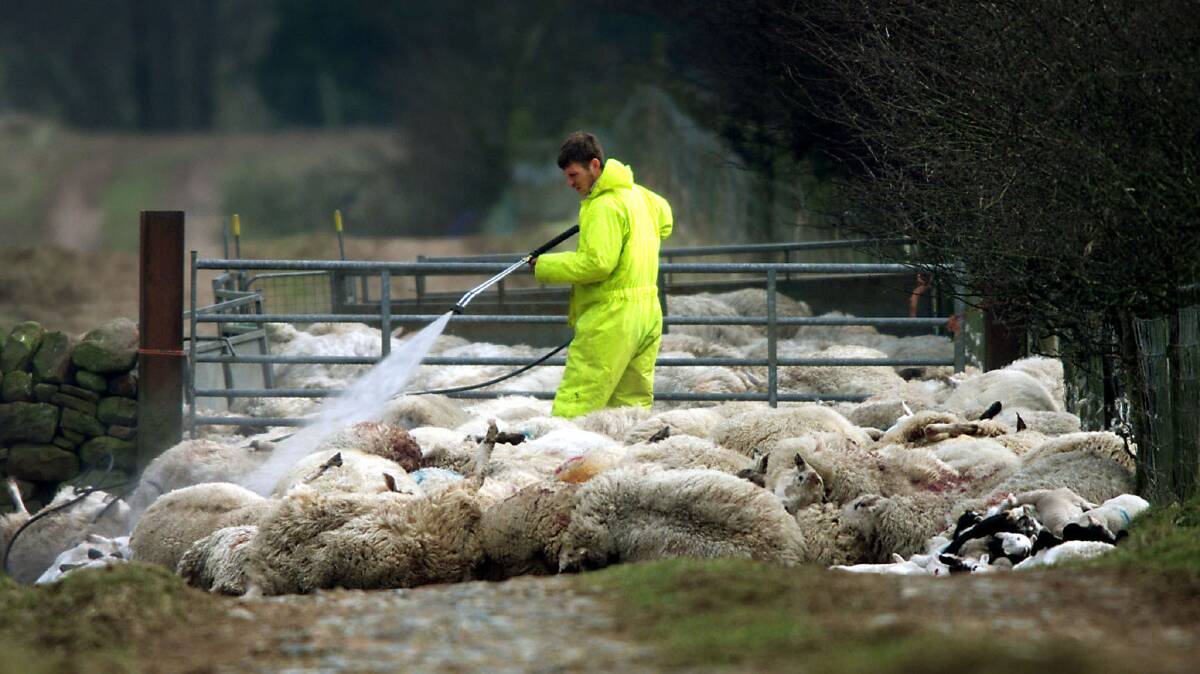
The potentially industry debilitating foot and mouth disease could be amplified by the silent spreaders of sheep and goats as they are likely to go undiagnosed before and outbreak is realised.
And recent speculation has surfaced that if an incursion was to occur on the northern Queensland coast, it would spread to the southern states within three weeks.
Group leader at the Australian Centre for Disease Preparedness (ACDP) Wilna Vosloo said both sheep and goats show mild to no clinical signs of the disease.
"The concern about small ruminants is that they may be infected without anybody actually realising, which means animals may be moved around without knowing they have the disease," Ms Vosloo said.
In 2001 the FMD epidemic in the United Kingdom was first discovered in pigs in an abattoir, but the infection had become widespread in sheep, jumping into other species before it was detected.
"It went from pigs to sheep - the sheep were moved all over the country because nobody realised they were infected," Ms Vosloo said.
"When it then came up in cattle, that is when they finally realised they had an outbreak."
Senior livestock production advisor at Elders Rob Inglis, who has received official FMD outbreak training in Nepal, said the lack of symptoms in sheep and goats really resonated to home to him.
"FMD knocks cattle for six. Sheep and goats however, it doesn't seem to affect them," Mr Inglis said.
"On first impressions we initially thought there was nothing wrong with the sheep and then once assessed there signs such as ulcers between the toes."
REALTED READING:
But he said the the biggest problem for Australia is the number of wild goats.
"If goats can carry the disease without showing obvious symptoms, that is going to be a problem," Mr Inglis said.
"How would the industry get producers to check on goats out on 100,000 acre stations....I am not sure that is going to happen."
Mr Inglis said given the intense wet season in Queensland, there has been speculation that if there was an incursion on the northern coast it would travel to southern states within three weeks.
And he said due to the explosion in the pig population, with the most recent statistic of 60 million pigs roaming Australia, on top of massive goat numbers, they would act as super spreaders.
"If they (goats or pigs) contract FMD they will amplify the spread three or four more times viral particles than a ruminant - they are a real threat," Mr Inglis said.
"It could be a real X-factor for the industry.... We think everything is riding high at the moment with good meat prices and wool is sound, but it could bring everything to a grinding halt."
Ms Vosloo said it is the illegal roots of introduction that is most concerning.
"The risk has increased of an incursion of FMD, but only from the illegal viewpoint of it entering the country," she said.
"The main root of transmission is direct contact between animals so if movement controls are in place, it should stop the disease where it is."


